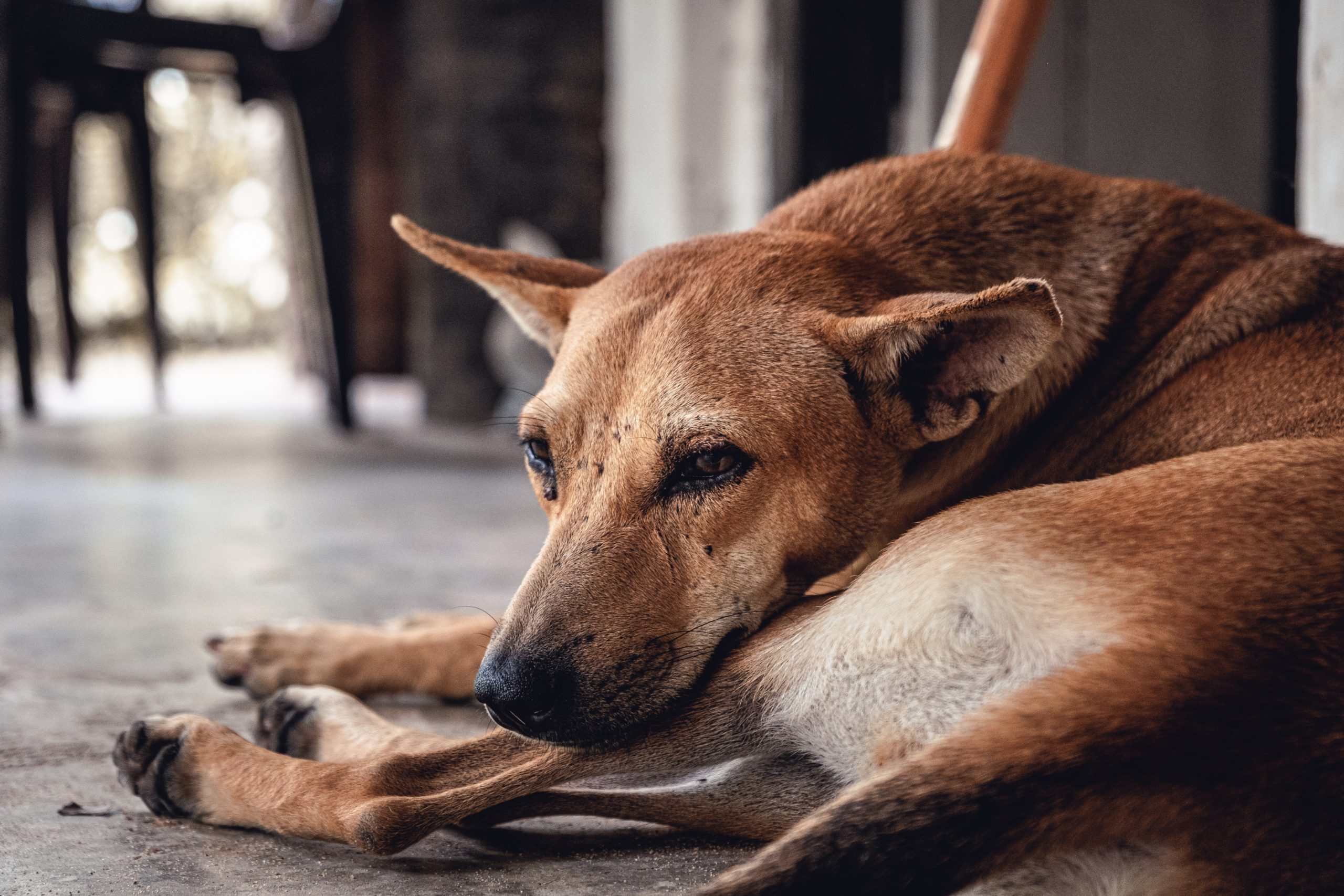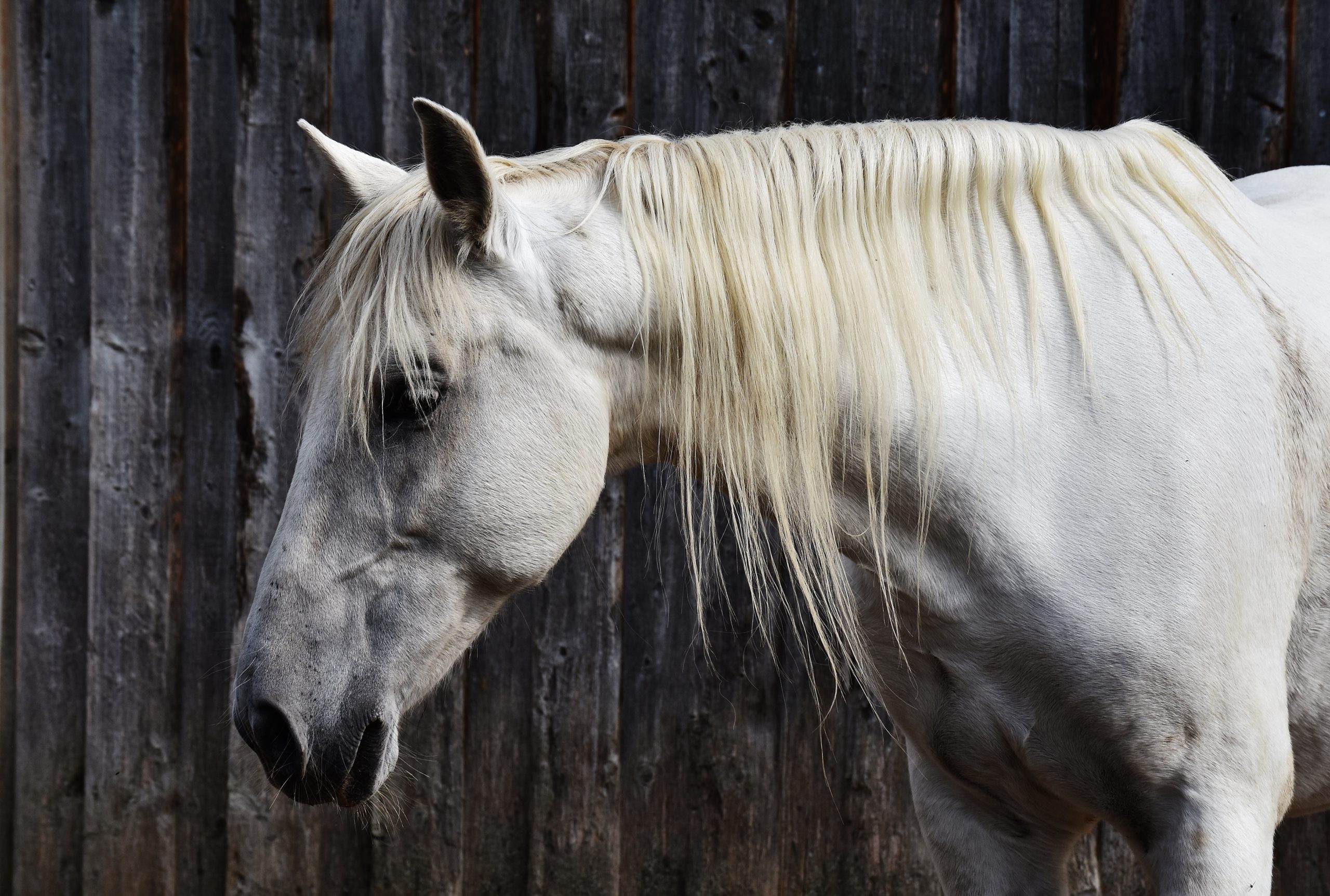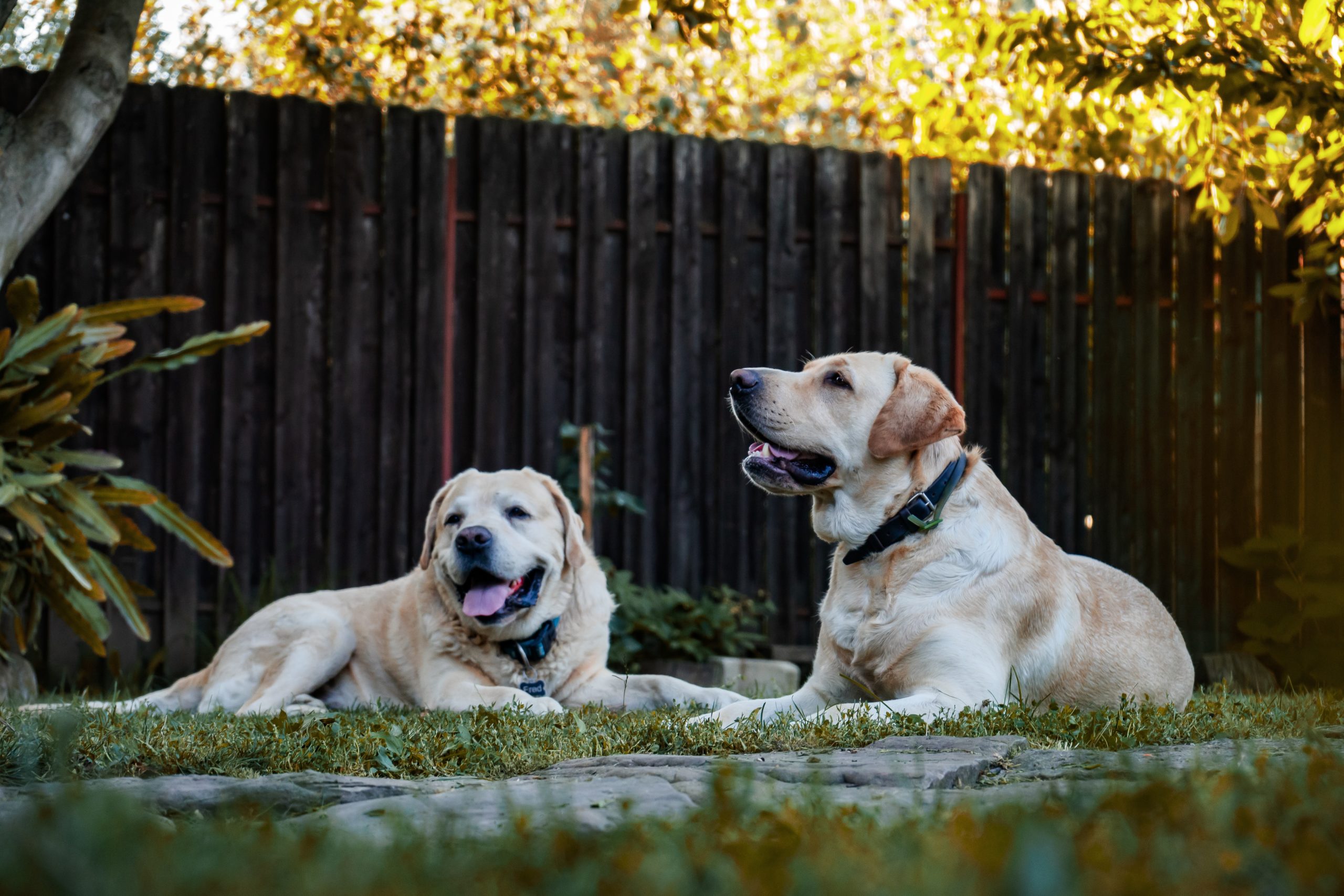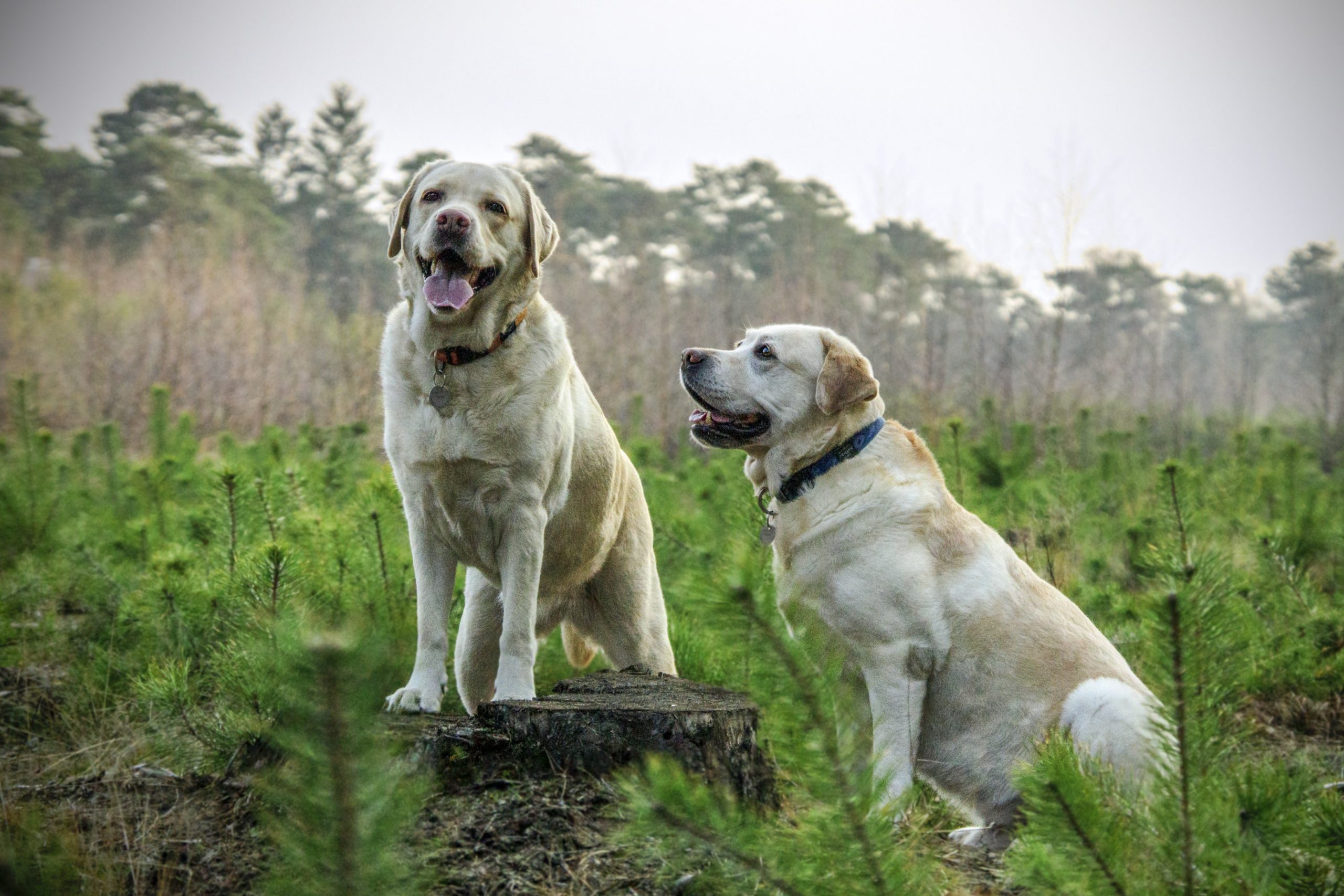A luxated patella is where the kneecap is displaced out of its normal position in the knee joint. It may luxate (come out of the joint) to the inside (medial) or outside (lateral) of the leg.
Some pets are prone to a patellar luxation because they have a shallow groove, or no groove at all, where the kneecap normally sits. This variation in anatomy allows the kneecap to ‘slip out’ with movement. Patellar luxations are mostly found in dogs and relatively uncommon in cats.
What and where is the patella?
The normal position of the patella (kneecap) is in the centre of the front of the knee. It glides up and down in a groove in the femur (the top leg bone) as the knee bends and extends, and is held in place by the patella ligament. The patella ligament attaches to the top of the tibia (the bottom leg bone).
What causes a luxating patella?
Luxating means dislocating, so a luxating patella moves out of the groove in the femur, usually towards the inside of the knee (medially luxating). If the patella dislocates towards the outside of the knee it is called a laterally luxating patella.
It is usually the result of a congenital or developmental problem whereby the point where the patella ligament attaches to the tibia is not on the midline, but more towards the inside of the knee. This means that the patella is pulled towards the inside of the knee each time the knee bends and the patella can be dislocated out of the groove. This can happen intermittently or the patella can be permanently dislocated.
Some dogs also have a shallow groove in their femur that lets the patella move out of its central position more easily. Also, over time the inner side of the groove wears down due to constant movement of the patella over it, and the problem worsens. Non-traumatic patellar luxation is commonly associated with other disorders, such as hip dysplasia.
A luxating patella can also be a result of trauma.
The condition affects primarily small dogs, especially breeds such as Boston Terriers, Chihuahuas, Pomeranians, Miniature Poodles and Yorkshire Terriers. Large breed dogs can also be affected, with Shar-Peis, Flat-Coated Retrievers, Akitas and Great Pyrenees considered to be predisposed to this disease.
Patellar luxation is uncommon in cats, although the incidence is not known because affected cats tend not to show signs of lameness like dogs.
What are the signs of a luxating patella?
There are four grades of luxating patella depending on the severity of the problem. Clinical signs related to patellar luxation depend on the grade of luxation, amount of arthritis present, how long the disease has been left untreated, and the presence of other knee joint abnormalities.
- Grade I – The kneecap can be manipulated out of its groove, but returns to its normal position spontaneously.
- Grade II – The kneecap rides out of its groove occasionally and can be replaced in the groove by manipulation.
- Grade III – The kneecap rides out of its groove most of the time but can be replaced in the groove by manipulation.
- Grade IV – The kneecap rides out of its groove all the time and cannot be replaced inside the groove.
Toy and small breed dogs with medially luxating patellae tend to have both sides affected.
Common signs to look for include:
- The affected leg is intermittently carried with the knee joint flexed
- Persistent, abnormal hindleg carriage and function in neonates and puppies
- Occasional “skipping” hindleg lameness
- Sudden signs of lameness following minor trauma
- Crouching, bowlegged or knock-kneed stance
- There may be no signs, and the diagnosis may occur during routine physical examination by you veterinarian
What is the treatment?
Treatment depends on the severity of the problem. Low-grade problems of short duration are usually treated medically with anti-inflammatory painkillers and rest. Surgical stabilisation of the kneecap is the treatment of choice for dogs with grades II to IV luxation (popping in and out to permanently out of its normal position). More than 90% of the animals treated surgically will have improved joint function and leg use, especially smaller breeds of dogs. If left untreated, arthritis in the affected knee joint will develop.
Surgery may involve one or more of the following:
- Reconstruction of soft tissues surrounding the knee cap to loosen the side toward which the patella is riding and tighten the opposite side.
- Deepening of the femoral groove so that the knee cap can seat deeply in its normal position. This is achieved by recessing a wedge or rectangular block of cartilage and bone over the femoral groove to preserve contact between the knee cap and underlying cartilage.
- Transposing the tibial crest, the bony prominence onto which the tendon of the patella attaches below the knee. This will help realign the quadriceps, the patella and its tendon.
- Correction of abnormally shaped femurs is occasionally required in cases where the knee cap rides outside of its groove most or all the time. This procedure involves cutting the bone, correcting its deformation and immobilising it with a bone plate.
What is the prognosis?
The prognosis after surgery is excellent in the majority of cases, except if significant arthritis is present. The prognosis is less favourable in large dogs, especially when patellar luxation is combined with other abnormalities, such as angulation of the long bones or hip dysplasia.
If your dog is diagnosed with a luxating patella and surgery is recommended, it is better to have this done sooner rather than later when secondary degenerative joint disease (arthritis) has occurred.
As it seems likely that this condition could be passed genetically, dogs diagnosed with patella luxation should not be bred.




